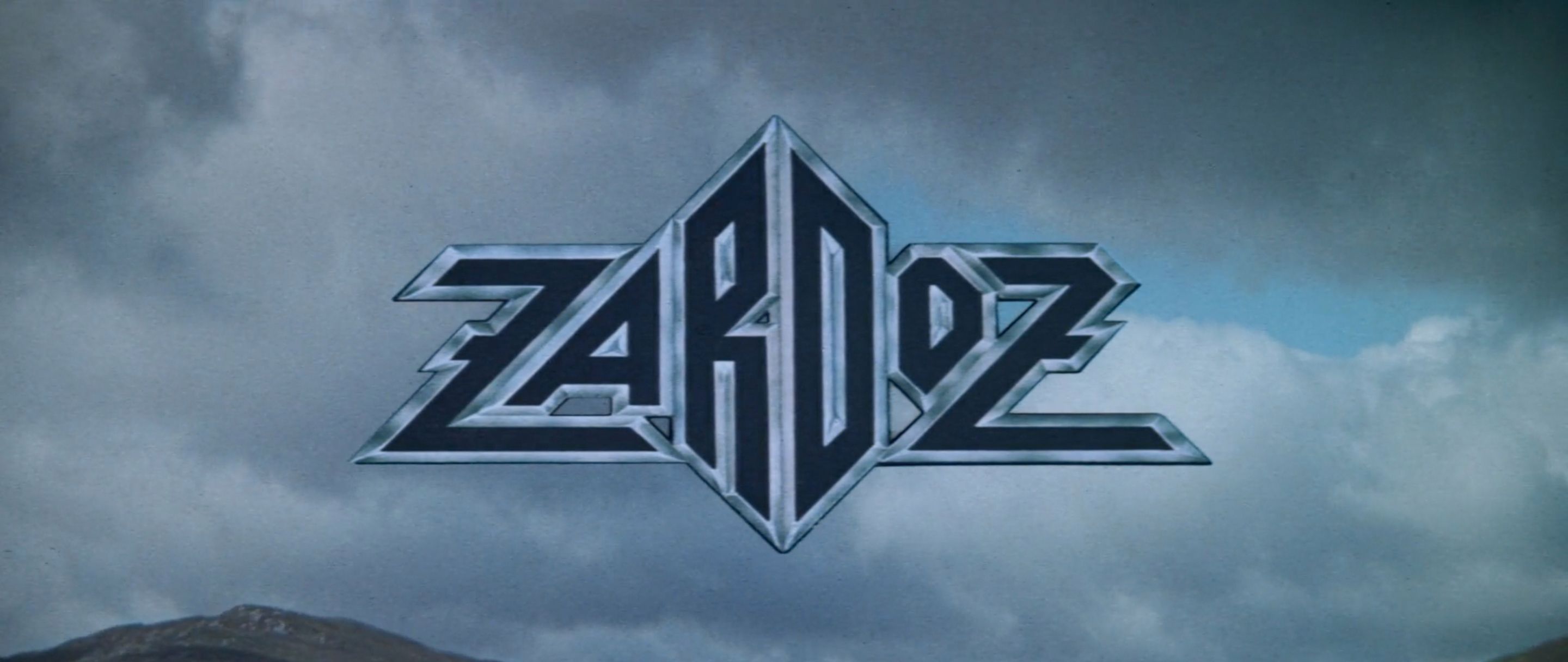 Originally posted 4/5/22 on Substack.
Originally posted 4/5/22 on Substack.
Here is the winner of the March Poll! Thank you to everyone who voted. If you are reading this via Gmail, I once again have posted too much and it’s been cut off. My sincerest apologies. Please click on the header to go to the site in order to read the whole piece. Thanks!
Inevitably, there are spoilers here. Like, major spoilers. From the jump. If you’ve gone this long without knowing the major secrets of Zardoz, I highly suggest watching it first, and then commenting or emailing me or something, because I’d love to hear about your experience with this deeply weird movie. Otherwise, read with care.
What is it? Zardoz, written and directed by John Boorman, and starring Sean Connery, Charlotte Rampling, Sara Kestelman, Niall Buggy, John Alderton, and Bosco Hogan as the film’s best character, George Saden.
First viewing? Technically, no; I saw this as a teenager (that’d be about 35 years ago) on VHS and only remembered the book reveal, people getting slaughtered at the end, and the classic, smeary-Vaseline British cinematography. But really doe, I saw it, like really saw it, man, for the first time 27 March 2022.
What’s it about? (sigh.) Christ. Okay. In the future, after an unspecified global catastrophe, the post-apocalyptic Earth (or at least Ireland) is populated by pitiful Brutals and their supermen overlords, the Exterminators, who make sure the Brutals don’t overpopulate. The Exterminators worship a giant floating stone head called Zardoz. One day, an Exterminator named Zed (Connery) stows away on the stone head, which takes him to the Vortex, a utopia populated by the immortal Eternals. Two Eternals fight over him: May (Kestelman), who wants to study him, and Consuella (Rampling), who wants to kill him.
What are your thoughts about it? Whew boy, this movie.
It is a lot.
A treatise on immortality, but also the generation gap as experienced in the United Kingdom circa 1974, hippie communes, gender roles, the unceasing role of power dynamics in society, the role of art and religion in society, the potential of human evolution, and Sean Connery in a wedding dress.
It’s a lot, and I’m not sure any movie could contain all that comfortably within its running time, and Zardoz certainly doesn’t. It’s almost too much to cover, really.
However, one issue that makes it difficult to talk about is that, during the middle of the film, there’s little in the way of action, in the dramaturgical sense, just a series of reveals, information drops that alter or recontextualize what we’ve already seen. To really get our (my) head around this film, let’s put all that information, or at least the stuff that happens prior to the start of the story, in chronological order. This is my attempt at that, using my viewing notes, the Wikipedia entry, and the synopsis in Danny Peary’s Cult Movies 2.1
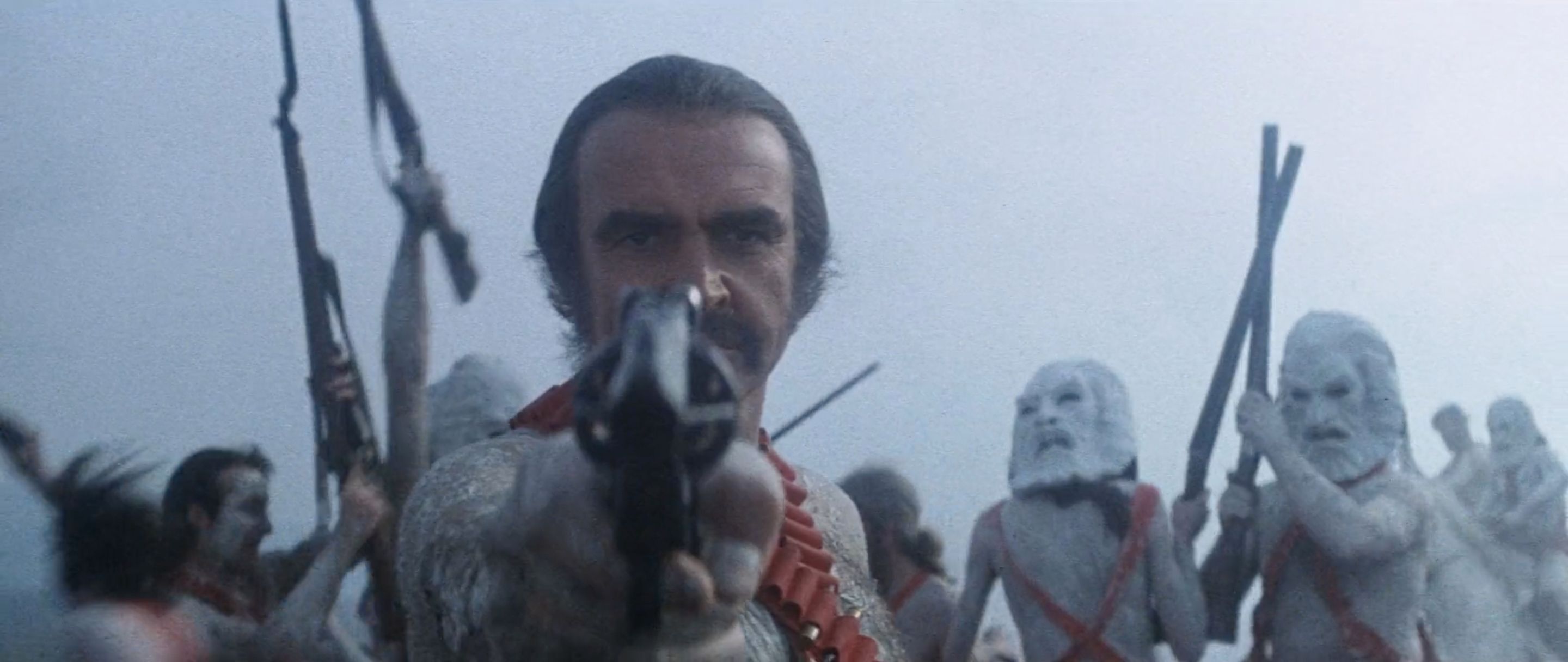 The first of at least two, maybe three moments in the film where Boorman does a GREAT TRAIN ROBBERY shot.
The first of at least two, maybe three moments in the film where Boorman does a GREAT TRAIN ROBBERY shot.
At some point in the 20th or 21st century, some kind of global catastrophe destroys civilization 2. A group of scientists, in the possession of advanced technology, enact a number of changes. First, they wall off a bit of territory for themselves with an impenetrable force field they can turn on and off; this territory is called the Vortex 3. Next, they create the Tabernacle, which allows them to be literally reborn, with all their memories, should they die, granting them immortality. Thirdly, they put all of human knowledge into a crystal-sized computer, and create crystal rings that allow them to access the information within the computer 4. The scientists and their families wall themselves off from the survivors of the catastrophe, who end up living in destitute misery but manage to survive for generations. These outsiders become known as Brutals. And for a long time, the scientists and their families live in relative peace and bliss.
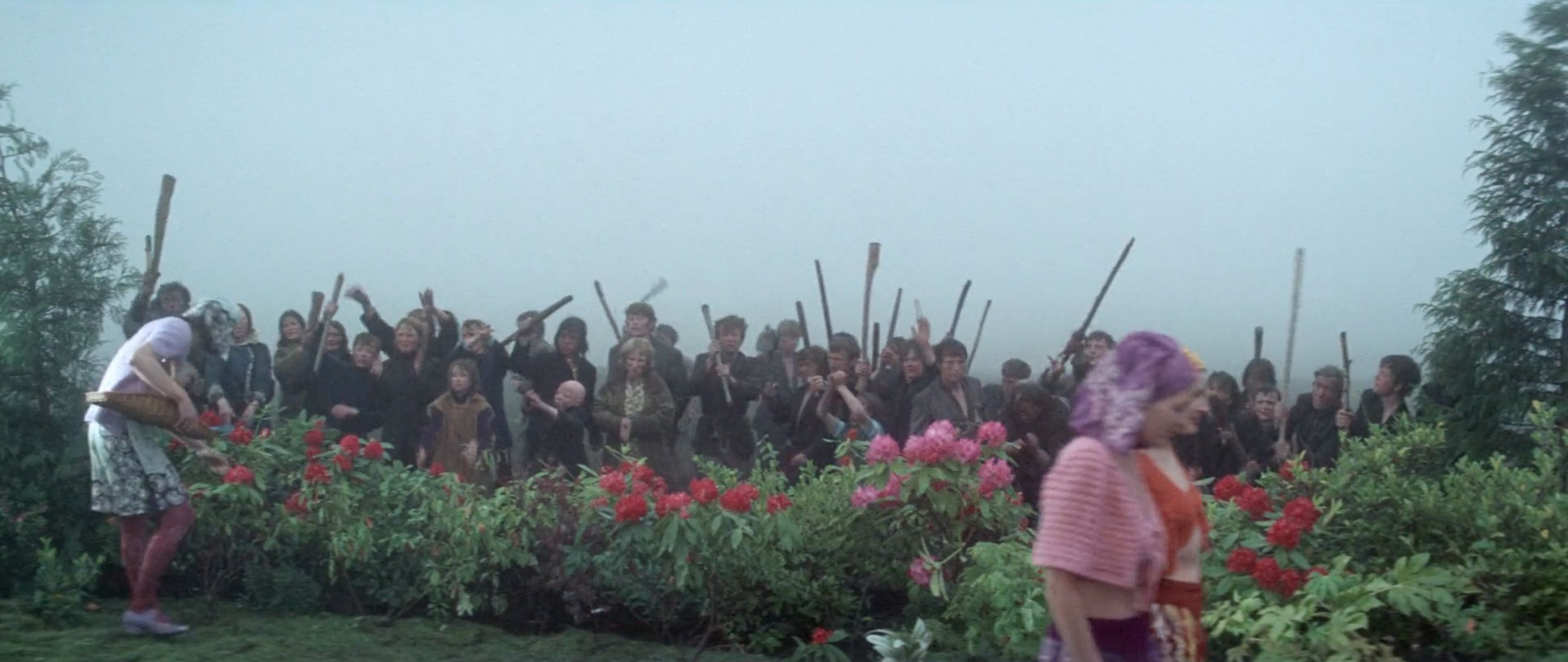 I ask you, who are the real Brutals here?
I ask you, who are the real Brutals here?
But living together in a commun(e)ity still requires rules and punishments for breaking the rules. Since everyone is immortal, this closes off some choices. They decide that the punishment for breaking the rules is artificially aging the rulebreaker. Rulebreakers who are aged too far are called Renegades, and put in their own facility which resembles an English ballroom between the two world wars. Renegades can be aged to the point where they are decrepit, but they still can’t die.
Time passes. The scientists and their families, now called Eternals, begin to change. First, they get really into meditation, which somehow allows them to develop (poorly defined) psychic powers. Second, having no need to procreate 5, the men become impotent 6 and, it’s suggested, the women take over the governance of the Vortex because of this. The scientists, who were adults at the time of becoming Eternals, have trouble adapting to the immortality thing and constantly run afoul of the rules. They all end up becoming Renegades. Other Eternals become so bored of immortality that they become Apathetics — creatures who literally don’t do anything but stare into space.
Finally, three things happen that directly lead to the movie.
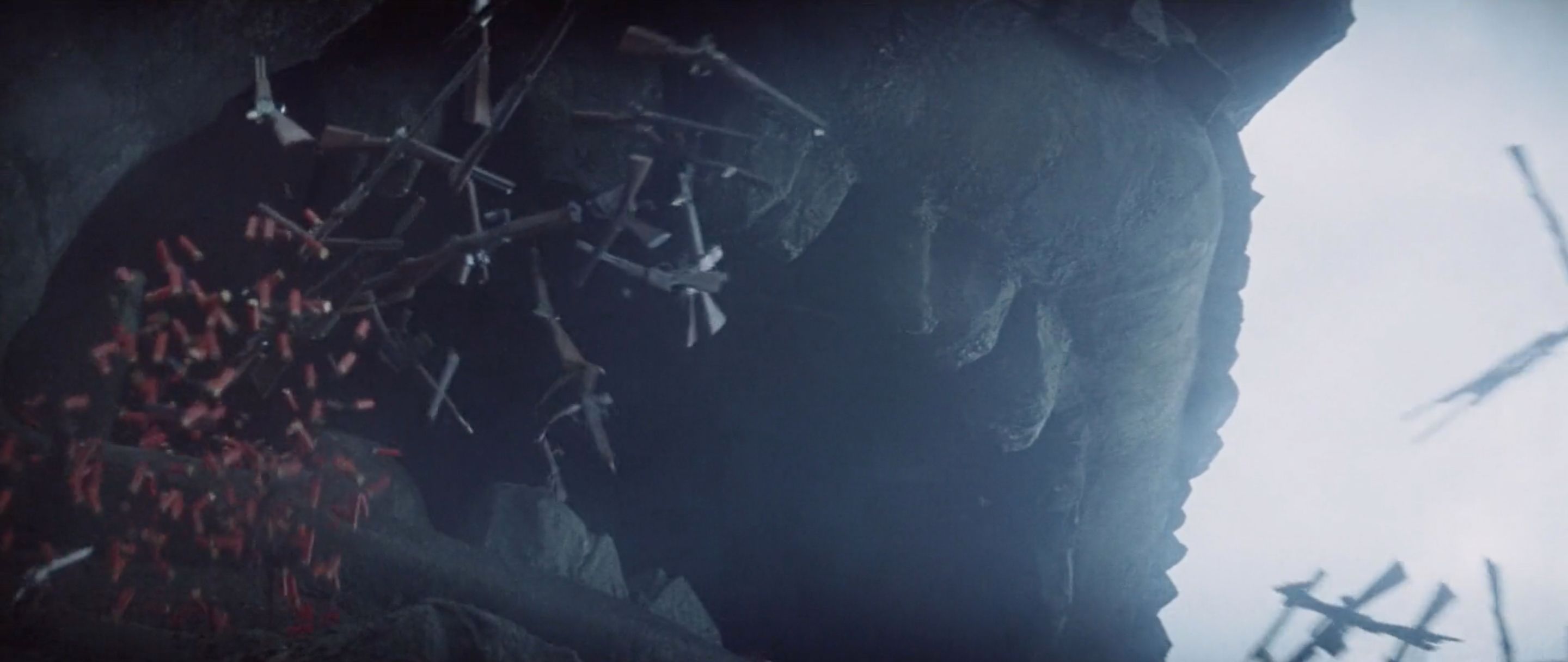 Possibly my favorite shot in the movie, not even ruined by the fact that if you go through it frame by frame, you can see the stagehands throwing this stuff. The way the guns and ammo arc and fly away from each other — it’s like an Eddie Campbell drawing, but I don’t think Eddie Campbell could’ve rendered it any better.
Possibly my favorite shot in the movie, not even ruined by the fact that if you go through it frame by frame, you can see the stagehands throwing this stuff. The way the guns and ammo arc and fly away from each other — it’s like an Eddie Campbell drawing, but I don’t think Eddie Campbell could’ve rendered it any better.
The Eternals, who somehow had been self-sufficient up to this point, begin to run out of food. They need the Brutals to farm for them. Arthur uses the Exterminators to make this happen.
Arthur realizes this whole Vortex thing isn’t working 7. The key to destroying the crystal and the Tabernacle is locked within the crystal itself; the Eternals can’t destroy it, because the scientists told the crystal to not reveal that secret to anyone. Only an outsider can destroy it. Arthur decides to manipulate the Exterminators into creating someone who can free them of their immortality. He makes sure they selectively breed so future generations are abnormally smart and brave. After enough generations have passed, he identifies the best one: Zed. Arthur lures Zed into a library and gets him to learn to read. He then manipulates Zed into realizing the truth: that Zardoz is not a god. As Arthur planned, this makes Zed mad. Zed informs his fellow Exterminators what’s going on, and they come up with a plan to get Zed into the flying stone head in order to reach Vortex and destroy it. (I don’t think getting shot and falling out of the head was part of Arthur’s plan.)
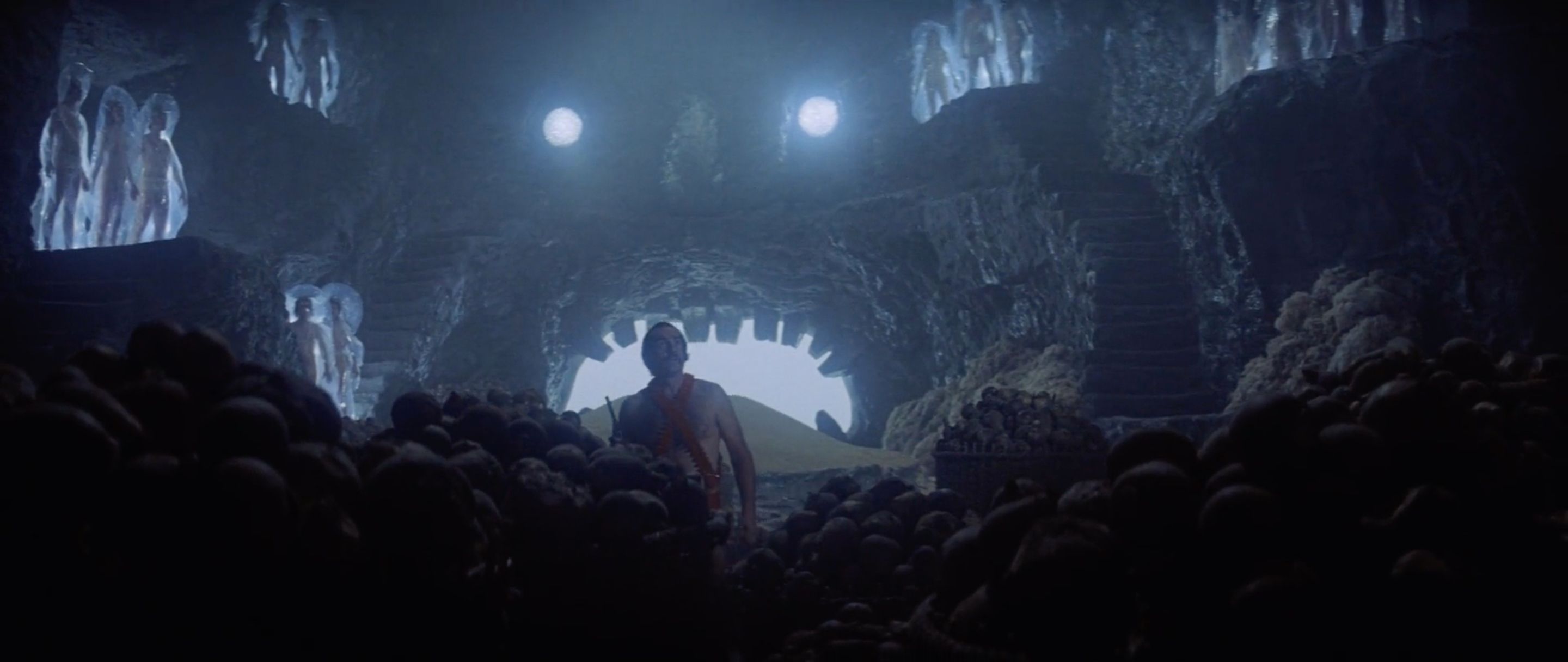 Inside the floating stone head. Why is Zardoz flying around with a bunch of inanimate naked people? No idea. Go ask him.
Inside the floating stone head. Why is Zardoz flying around with a bunch of inanimate naked people? No idea. Go ask him.
If you’ve never seen the movie, and that was a bit much to digest, know that all this is broken up into achronological fragments that are gradually revealed across the running time. It’s a touch too much, and creates problems. The emotional crux of the film and what initially drives the drama is Zed learning that his reality is a lie; it’s what pushed him into sneaking into the Vortex in the first place. But we don’t learn this motivation until about halfway through. It’s treated as a mystery. Instead of allowing the audience to see Zed in his “normal” world and experience its rupture along with him, it’s relegated to a flashback. (Imagine if The Matrix started with Neo being offered the two pills with no context. The subsequent revelation would be interesting, but not emotionally involving.) Certainly this is no grievous error in and of itself; there is no one right way to tell a story. However, Boorman compounds the problem by treating Zed as a mystery and then treating the Eternals as a mystery. As Peary states in his Cult Movies 2 writeup, it’s like having two variables in an experiment: “[I]t takes forever to draw conclusions, and even then they are suspect.”
Even this could’ve been mitigated with the standard storytelling tactic of allowing characters to anticipate audience questions and voice them. But Boorman doesn’t allow Zed or anyone else to do this nearly enough. At the climax, when Zed seems to have the ability to reverse time, I genuinely expected one of the Eternals to say, at the very least, “How did he do that?” But lol no, it just goes uncommented upon.
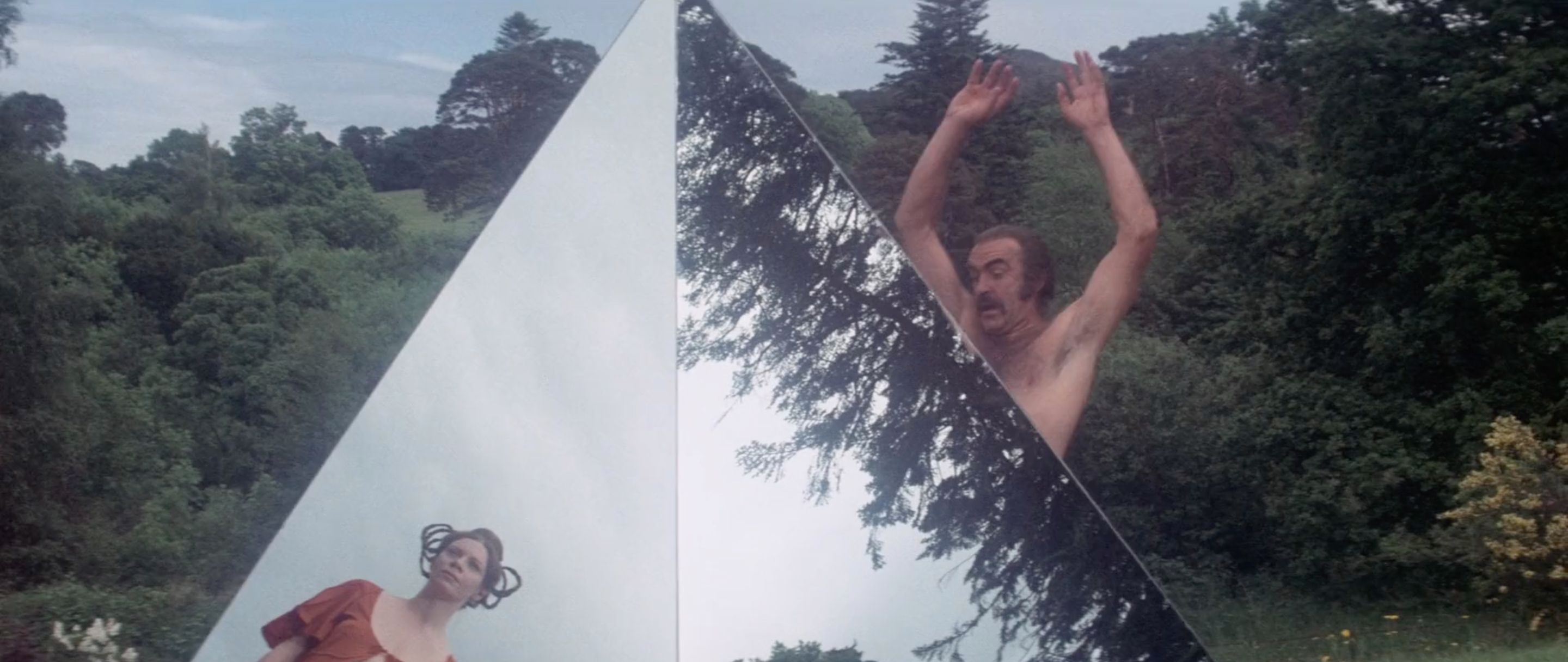 Not relevant to anything, but I had to include this, the one truly bad moment and possibly Connery’s worst bit of acting. (In his defense, he wasn’t trained as a mime.) It doesn’t really come across in a still, but trust me on this.
Not relevant to anything, but I had to include this, the one truly bad moment and possibly Connery’s worst bit of acting. (In his defense, he wasn’t trained as a mime.) It doesn’t really come across in a still, but trust me on this.
Boorman is incredibly confident in his ability to get his story across in images alone, and to his credit, he usually does. (The sequence of Zed exploring the Vortex before he’s caught is fantastic, nearly dialogue-free yet perfectly comprehensible.) But every so often, even is his other movies, he doesn’t quite pull it off. (Point Blank is occasionally abstruse, and I never quite understood how Voight gets the arrow in his leg in Deliverance.) Boorman sometimes wants things ambiguous, but there are times when he thinks he’s being clear but, I think, fails. The problem is identifying which moment is which, and Zardoz has a record number of these problems 8. (Pretty sure the bugfuck moment when Friend speaks backwards(?) to other Eternals and they clap approvingly is intentionally obscure, but who knows.)
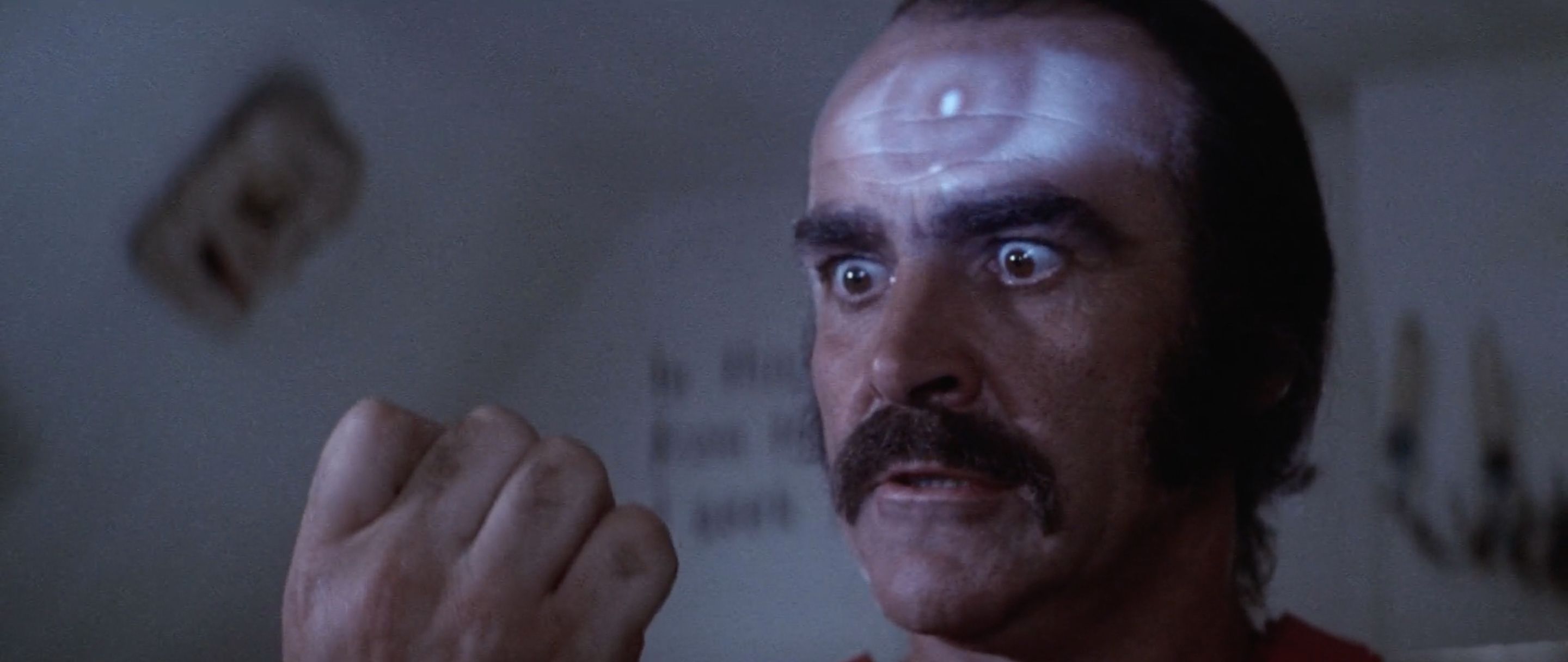 Third Eye Bond.
Third Eye Bond.
None of this is helped by some of Boorman’s loopier decisions. After the Eternals psychically attack Friend, Zed takes off. He runs for a bit, makes brief contact with the other Exterminators outside the force field, then he ends up at the Renegades’ ballroom facility… where he finds Friend, already halfway old and, hilariously 9, already in a tux. There’s just a single cut to indicate any time has passed, and its easy to miss. Watching it, I briefly thought I’d tuned out for a second and missed something. I’m assuming Boorman just needed to connect the two Friend scenes and didn’t really care how he did it. Fine, but wow, not the movie to do that in.
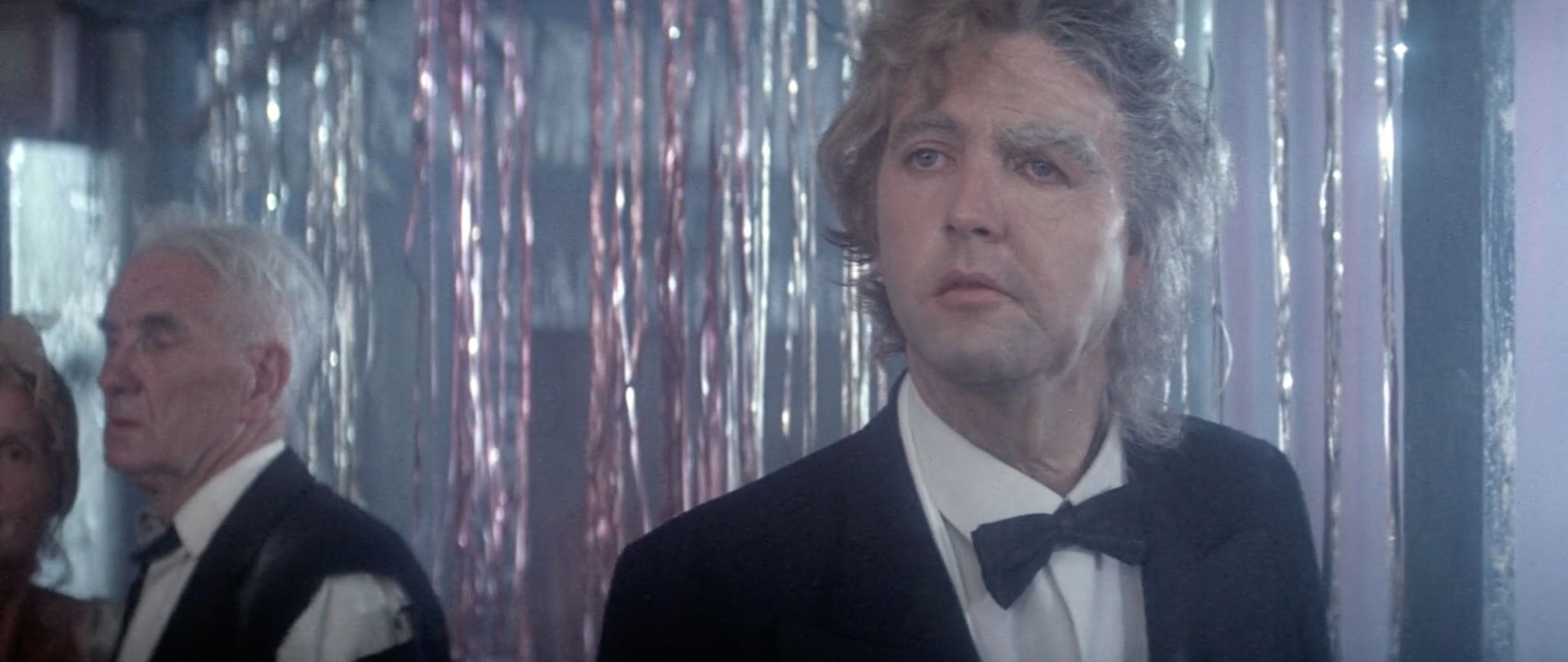 Why does Friend’s body only age on one side? My best guess is Boorman or someone thought the actor (John Alderton, whom I initially mistook for David Hemmings) wouldn’t be recognizable in full old age makeup.
Why does Friend’s body only age on one side? My best guess is Boorman or someone thought the actor (John Alderton, whom I initially mistook for David Hemmings) wouldn’t be recognizable in full old age makeup.
I firmly believe that had Boorman opted for a more linear, user-friendly approach to exposition, this wouldn’t be a notorious flop, but instead recognized for fifty years as one of the greatest science fiction films ever made10. So much of this is mind-bogglingly ahead of its time. The idea of a computer that contains unfathomably large amounts of data is the internet. Rings that let people access that information are smartphones. The trial of George Saden via poll is Twitter. (“I hate you all. I hate you all. I hate you all. Especially me.” may as well be the Twitter user’s motto.) The story anticipates both The Matrix and Snowpiercer, among others, particularly the idea that a revolutionary savior-type might be the end result of a hidden system or process. Then there’s the moment Zed mentally interfaces with the crystal computer. This idea existed at least as early as Samuel R. Delany’s 1968 novel Nova, but (to my admittedly imperfect) knowledge, hadn’t appeared in a feature film before. Audiences in the past weren’t stupid, but… how did they react to this? Did they get it? (This is another moment where Boorman is probably overconfident; it’s incredibly easy to read the entire scene as a dream that didn’t literally happen.)
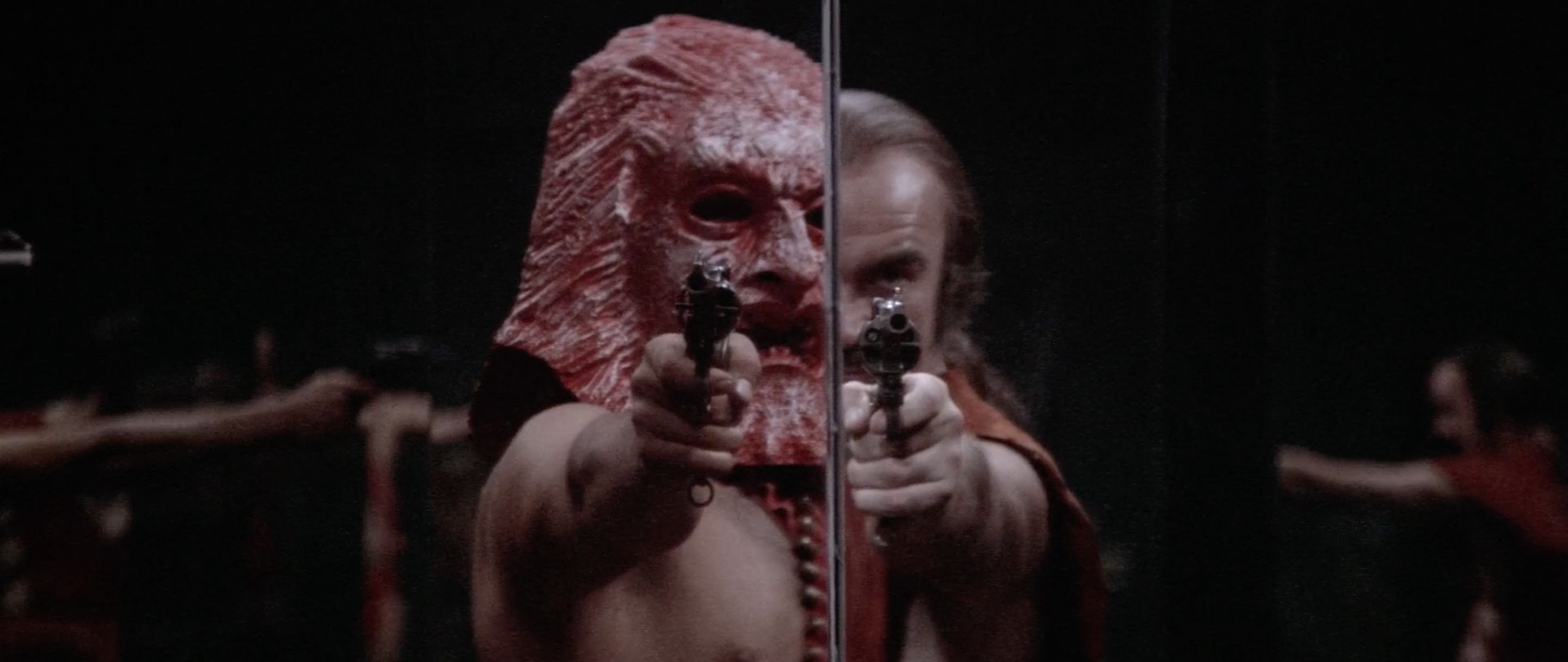 The second GREAT TRAIN ROBBERY shot. Here, Zed is inside the computer, and having a very symbolic and obscure experience. Considering what happens after, I’m guessing he’s transcending his previous existence as a vessel for violence, but like a lot of stuff in this movie, it’s extremely open to interpretation.
The second GREAT TRAIN ROBBERY shot. Here, Zed is inside the computer, and having a very symbolic and obscure experience. Considering what happens after, I’m guessing he’s transcending his previous existence as a vessel for violence, but like a lot of stuff in this movie, it’s extremely open to interpretation.
And even if the concepts weren’t ahead of their time, Boorman shoots the motherfucking hell out of this movie. I think this is the main reason the film has managed to keep itself from falling down the memory hole. Every shot is exquisitely composed; every camera movement well-motivated and takes hold of our attention without being flashy. A great deal of the special effects are simple analog projections, and they make most modern CG shots look terrible. When the Eternals pass all recorded human knowledge into Zed via touch (weird), Boorman shows this by projecting art onto the bodies of the actors. It’s stunning.
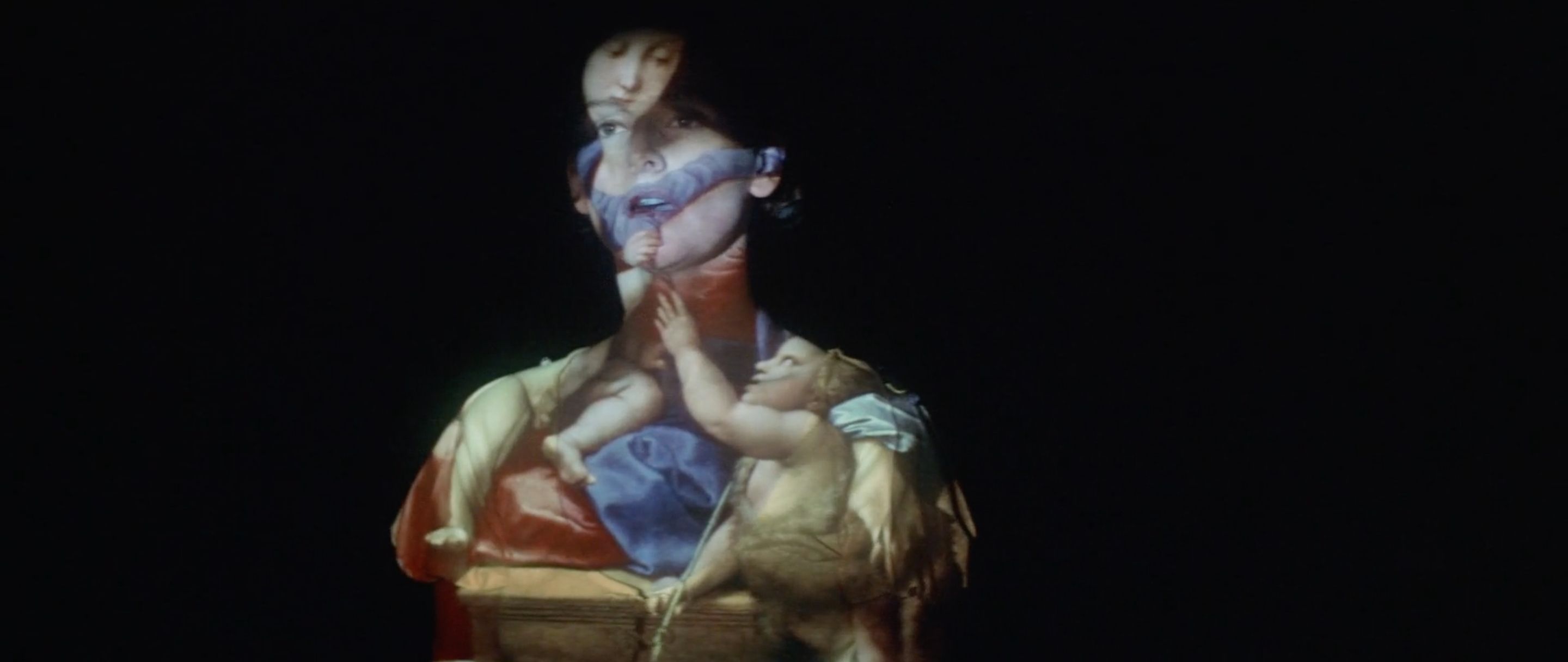 Boorman goes buck wild with projections.
Boorman goes buck wild with projections.
Finally: what’s this movie about? Clearly, the dangers of immortality, but that’s text. It certainly touches upon all of those topics I mentioned at the beginning. But is there something underneath that? My answer is that the secret hero of Zardoz is Zardoz, a.k.a. Arthur Frayn. Arthur, compared to the other Eternals, is an odd duck. None of the Eternals seem interested in anything other than maintaining the status quo; they seem perpetually bored, and only the appearance of Zed rouses excitement 11. (They all seem they’re a bad day away from turning into Apathetics themselves.) Arthur… Arthur likes books. Arthur likes magic tricks. Arthur likes to draw a theatrical mustache and beard on his face 12. Arthur’s room looks like a uni student’s. Arthur is the only Eternal who seems eternally young, as opposed to simply immortal. Most importantly, Arthur likes storytelling. Storytelling is a form of manipulation — the teller manipulates the audience’s feelings and perceptions. And stories gain their meanings from ending. Only Arthur can save these people from the hell they’ve made for themselves 13. I don’t know how much Boorman believes in his thesis about immortality, but I’m damn sure he believes in Art.
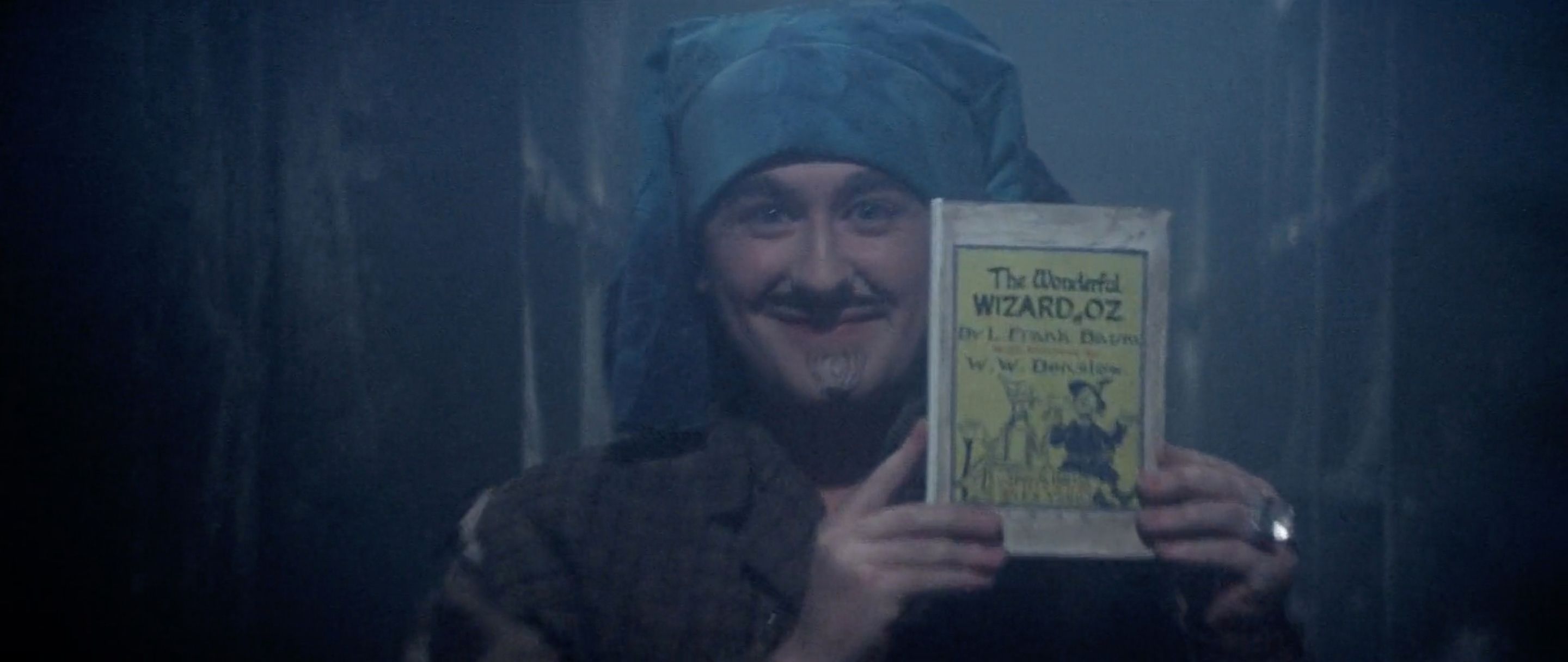 In the footnotes, I compare Arthur to Louise Belcher from BOB’S BURGERS, because of the bunny ears/stage makeup connection. With this picture, I realize he reminds me of Gene Belcher as well.
In the footnotes, I compare Arthur to Louise Belcher from BOB’S BURGERS, because of the bunny ears/stage makeup connection. With this picture, I realize he reminds me of Gene Belcher as well.
How many stars out of five? Three and a half. Better than its initial reputation, not quite as good as its rehabilitated reputation, marred, in my opinion, by some too-clever structural choices.
Where can I stream it? As of this writing14, Zardoz isn’t available to stream for free. However, you can rent it from Apple TV, Amazon, Google Play, YouTube, Vudo - Fandango, Microsoft Store, Redbox and DirecTV. You can buy it from these same vendors, as well as AMC Theatres On Demand.
What can we take from it? What’s interesting about Zardoz in a Cypher System context (well, to me, anyway) is that it’s the first movie I’ve covered so far that could transplanted straight to Numenera, the post-apocalyptic science fantasy ttrpg that spawned the Cypher System. I haven’t played Numenera, but it reads to me as a world where everything is super-weird: the characters, the NPCs, the monsters, the world. If you like that bizarro aspect of Zardoz, and you’re in the market for bizarro ttrpg, Numenera might be your huckleberry.
This post, while probably not the longest I’ve written, feels like the longest I’ve written. Let’s look at some Descriptors I whipped up, then bounce.
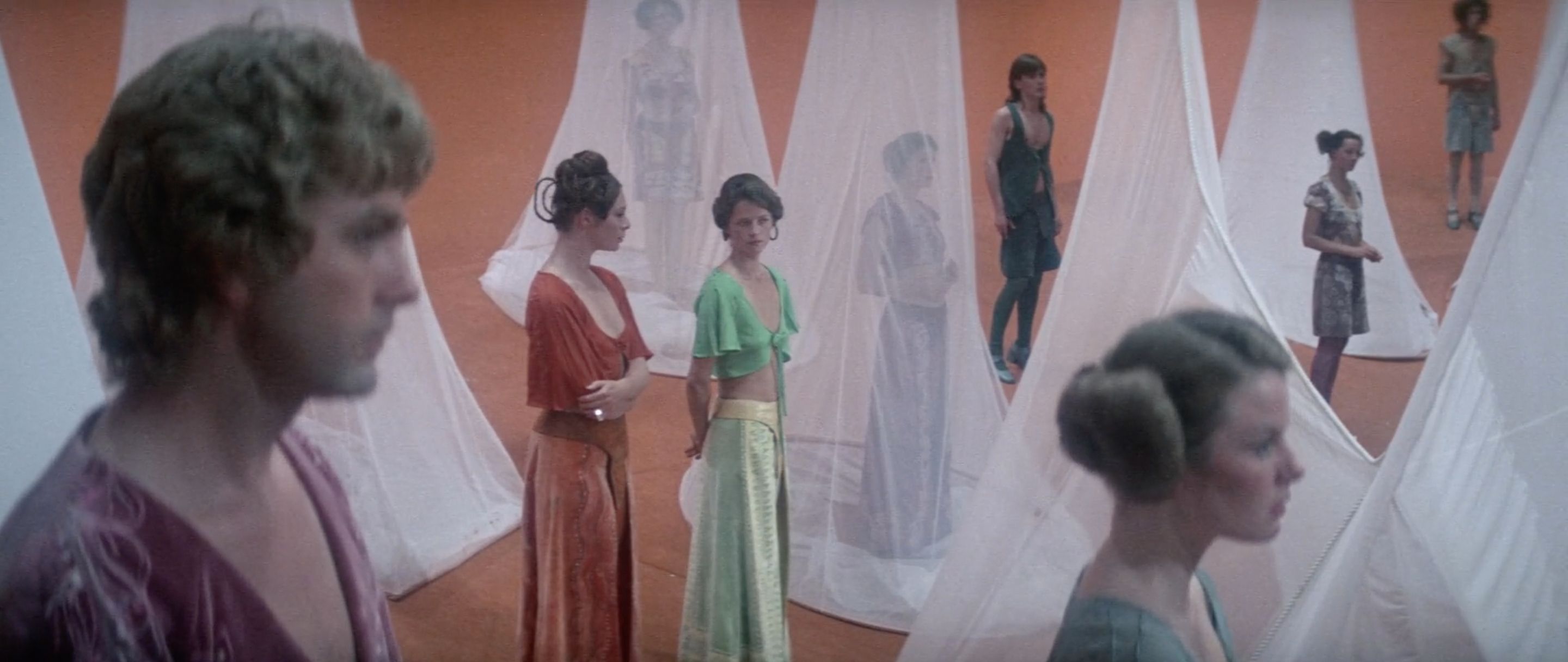 IMMORTAL
IMMORTAL
You have probably existed for hundreds, maybe thousands of years. You can’t die; if your body is rendered inoperable by physical damage, you are reborn into a new body, with your memories intact. Does this make you reckless? Smug? Are normal people even real to you anymore? Or are you more empathetic? Does it make you appreciate the fragility of life? I’ll give you a moment to think about it.
You gain the following characteristics:
A Life of Memories: +4 to your Intellect Pool
Skill: Any knowledge tasks are eased twice. You’ve probably read something on the topic, but trying to recall all the details means success is never guaranteed.
Inability: Existing as a human for hundreds and hundreds of years ironically has a way of alienating a person from humanity, making them less human. All social interactions are hindered doubly.
The Tabernacle: When you lose all the points in your Pools and die, you are reborn inside of a machine, colloquially known as a Tabernacle. The amount of time before your new body is ready is up to the GM. If you die near the end of the adventure, you may have to wait until the next adventure to resume your character. (If your GM is kind, they’ll let you play another character in the interim.) If you die early in the adventure, it’s possible, depending on the circumstances, that you will be able resume the adventure with the other PCs. Such circumstances include where your Tabernacle is located in relation to the other PCs and if it’s reasonable that you could rejoin them.
Initial Link to the Starting Adventure:
You have become dreadfully bored in your little paradise and you join up with the other PCs to experience something new.
There’s something going on deep underneath your little paradise, and every time you’ve investigated, something jumped out at you from the darkness and killed you. You’ve hired the PCs to help figure out what’s going on, and of course you’re coming with.
You’ve got to pick up and move your paradise, plus your Tabernacle, across a great distance. The other PCs are there to help.
The other PCs want to be part of the Tabernacle as well, and you’re willing to oblige. The process of doing that, though, is dangerous, and you’re there to guide them.
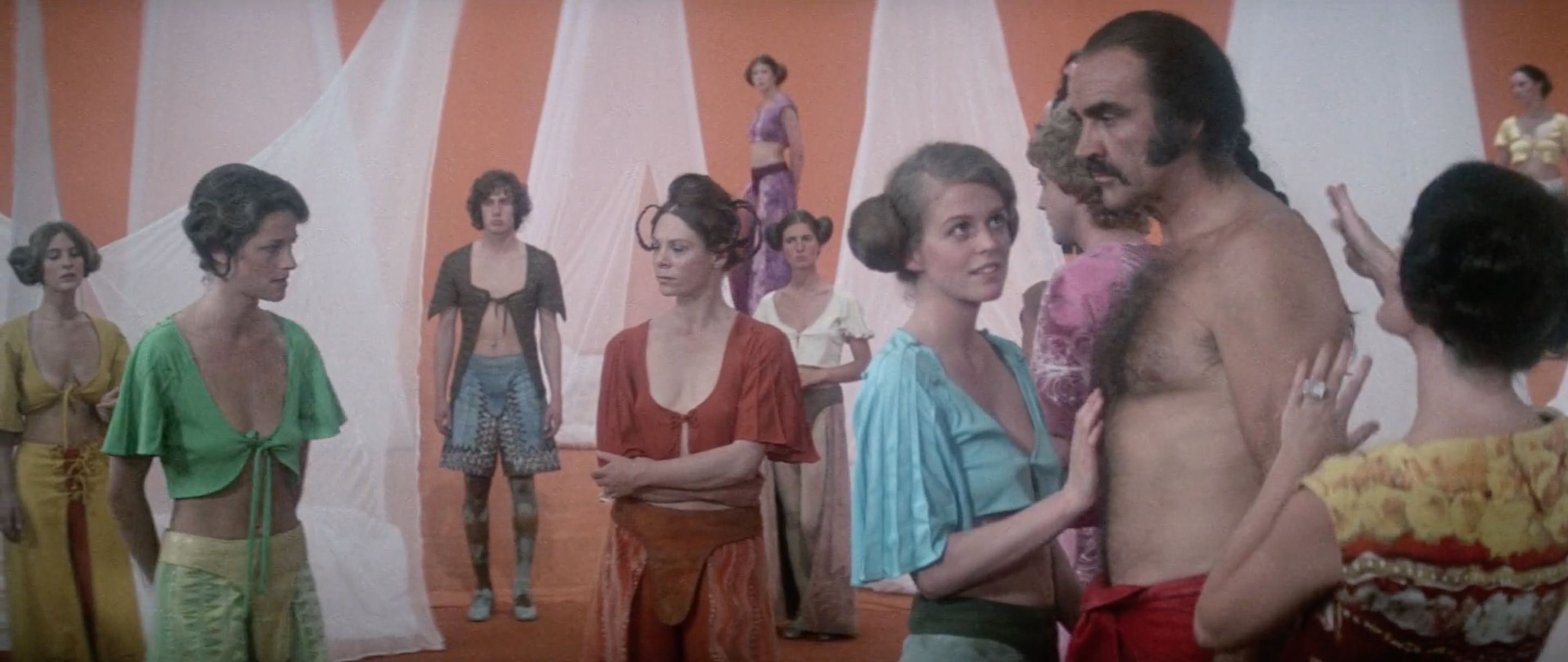 HIRSUTE
HIRSUTE
Wow, you’re hairy. Not “mistaken for a werewolf” hairy, but hairy enough. Some people love it, some people hate it, but absolutely no one denies that you have a lot of hair.
You gain the following characteristics:
Samson’s Gift: +2 to your Might Pool
Skill: Positive social interactions with NPCs who find your body hair attractive are eased.
Skill: Tasks involving intimidating those who find your crinigerous appearance threatening are eased.
Skill: Your hair situation has given you an appreciation for the myriad ways one can clean and style your hair. All tasks involving personal grooming are eased.
Initial Link to the Starting Adventure:
All links are copied from different descriptors in the Cypher System Rulebook Revised, but with “hirsute” replacing one of the words.
Another PC recruited you while you were on your best behavior, before realizing how hirsute you were.
A hirsute life is often one beset with financial hurdles. You joined the PCs because you hoped it would be profitable.
You hope to make another PC’s life more hirsute by joining the group.
Your hirsute ways helped get one of the PCs out of a difficult spot a long time ago, and they always ask you to join them on new adventures.
NEXT TIME, ON AGAINST THE ’70S: Silent Running (1972, Douglas Trumbull)
The movie is quite dense with unusual details, and I’m sure I’ve bungled some in this post. My apologies.↩︎
I mean, maybe it’s just Ireland, and everyone else is fine. What’s both great and frustrating about Zardoz is that it’s like it was told by one of the Eternals themselves. (I mean, it does start with a introduction from Zardoz himself.) Meaning: there’s a lot of details that go unexplained because it’s as if the teller takes it for granted, and there’s a lot of stuff that’s vague because it’s as if the teller just doesn’t know either.↩︎
There’s actually a number of Vortices; the one in the movie is called Vortex Four. It’s unclear to me if the other Vortices are part of this same Ireland-based area, or if they’re spread across the globe, and whether these other Vortices share the same fate at the end of the movie as this one.↩︎
It’s possible that the Tabernacle encompasses both the immortality machine and the crystal computer. I’m separating the two for purposes of clarity.↩︎
Probably just as well, considering that all these people have known each other since they were kids.↩︎
They also lack any body hair, as if they are regressing back through puberty. It’s likely Boorman chose this simply to contrast with Connery’s manly chest-forest.↩︎
My assumption, and it’s only an assumption (unless I missed something in the film) is that the existence of the Apathetics leads him to this point. I imagine he realizes that Apathy is the endgame for everyone at some point.↩︎
To provide a counterexample, I think David Lynch rarely leaves me confused about what I’m supposed to be confused about.↩︎
Intentionally so! At least I’m pretty sure.↩︎
As Danny Peary notes, the likely reason the chronology is fragmented is to save the “Zardoz” book reveal for later. Which is a shame, because, in a movie bursting with interesting ideas, it’s the dumbest.↩︎
“If you’re bored, you’re boring.” — Harvey Danger.↩︎
The stage makeup makes Arthur remind me of Louise on Bob’s Burgers and Moon on The Great North, two child characters with attachments to childish clothing, but who demonstrate, if not adult wisdom, then adult shrewdness.↩︎
The crystal computer hints that it manipulated Arthur, so grain of salt, etc.↩︎
4/6/22↩︎